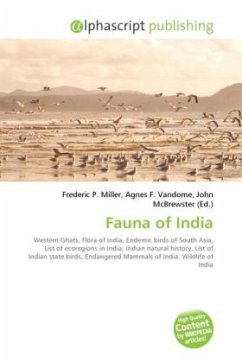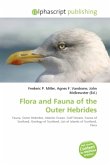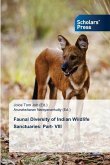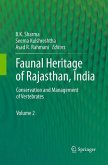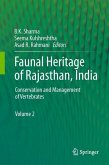India has some of the world's most biodiverse regions. The political boundaries of India encompass a wide range of ecozones desert, high mountains, highlands, tropical and temperate forests, swamplands, plains, grasslands, riverine areas as well as island archipelago. It hosts three biodiversity hotspots: the Western Ghats, the Eastern Himalayas, and the hilly ranges that straddle the India-Myanmar border. These hotspots have numerous endemic species. India, for the most part, lies within the Indomalaya ecozone, with the upper reaches of the Himalayas forming part of the Palearctic ecozone; the contours of 2000 to 2500m are considered to be the altitudinal boundary between the Indo-Malayan and Palearctic zones. India displays significant biodiversity. One of eighteen megadiverse countries, it is home to 7.6% of all mammalian, 12.6% of all avian, 6.2% of all reptilian, 4.4% of all amphibian, 11.7% of all fish, and 6.0% of all flowering plant species. India's 3,166,414 square kilometres shows a notable diversity of habitats, with significant variations in rainfall, altitude, topography, and latitude.

